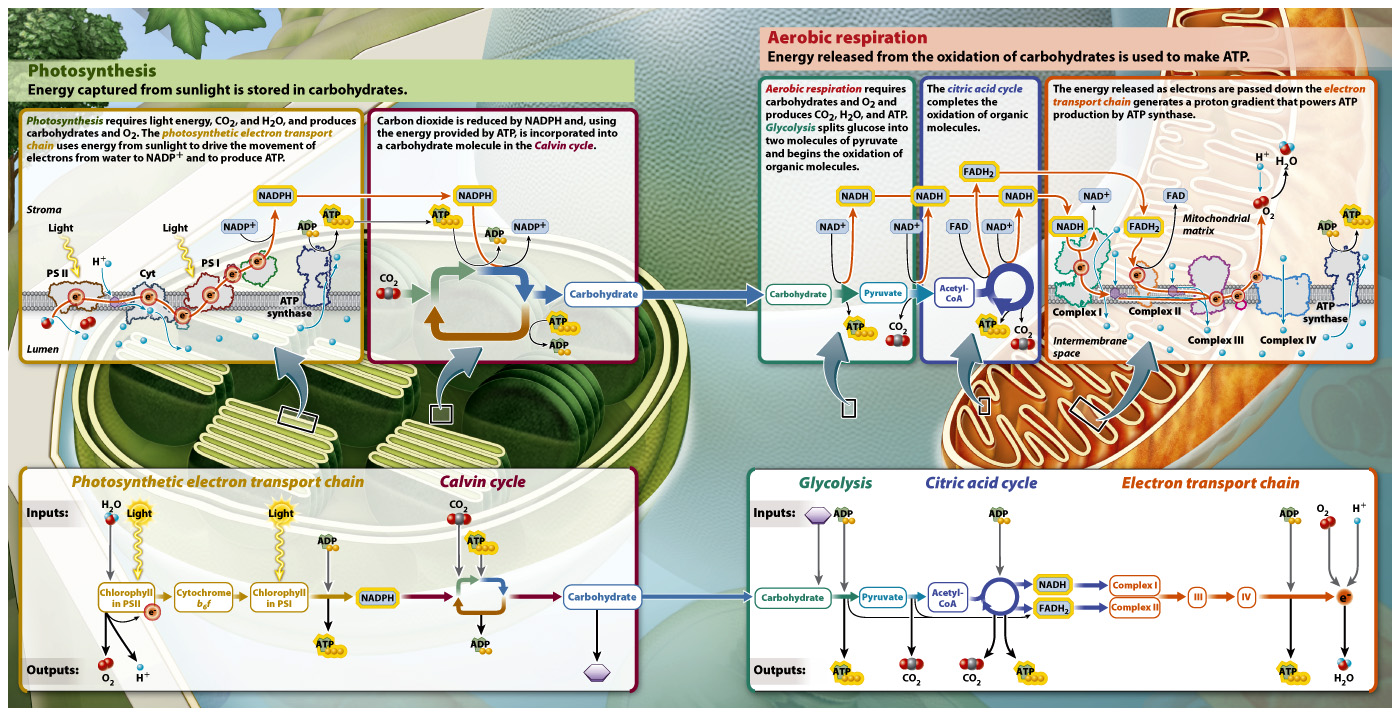Eukaryotic organisms are believed to have gained photosynthesis by endosymbiosis.
Photosynthesis is hypothesized to have gained a foothold among eukaryotic organisms when a free-living cyanobacterium took up residence inside a eukaryotic cell (Fig. 8.19). Over time, the cyanobacterium lost its ability to survive outside its host cell and evolved into the chloroplast. The outer membrane of the chloroplast is thought to have originated from the plasma membrane of the ancestral eukaryotic cell, which surrounded the ancestral cyanobacterium as it became incorporated into the cytoplasm of the eukaryotic cell. The inner chloroplast membrane is thought to correspond to the plasma membrane of the ancestral free-living cyanobacterium. The thylakoid membrane then corresponds to the internal photosynthetic membrane found in cyanobacteria. Finally, the stroma corresponds to the cytoplasm of the ancestral cyanobacterium.
The process in which one cell takes up residence inside of another cell is called endosymbiosis. Therefore, the idea that chloroplasts and mitochondria (Chapter 7) arose in this way is called the endosymbiotic hypothesis. It is discussed in Chapter 27.
Cellular respiration and photosynthesis are complementary metabolic processes. Cellular respiration breaks down carbohydrates in the presence of oxygen to supply the energy needs of the cell, producing carbon dioxide and water as byproducts, while photosynthesis uses carbon dioxide and water in the presence of sunlight to build carbohydrates, releasing oxygen as a byproduct. We summarize the two processes in Fig. 8.20.
Page 172
VISUAL SYNTHESIS
VISUAL SYNTHESIS FIG. 8.20 Harnessing Energy: Photosynthesis and Cellular Respiration Integrating concepts from Chapters 6–8

Page 173
